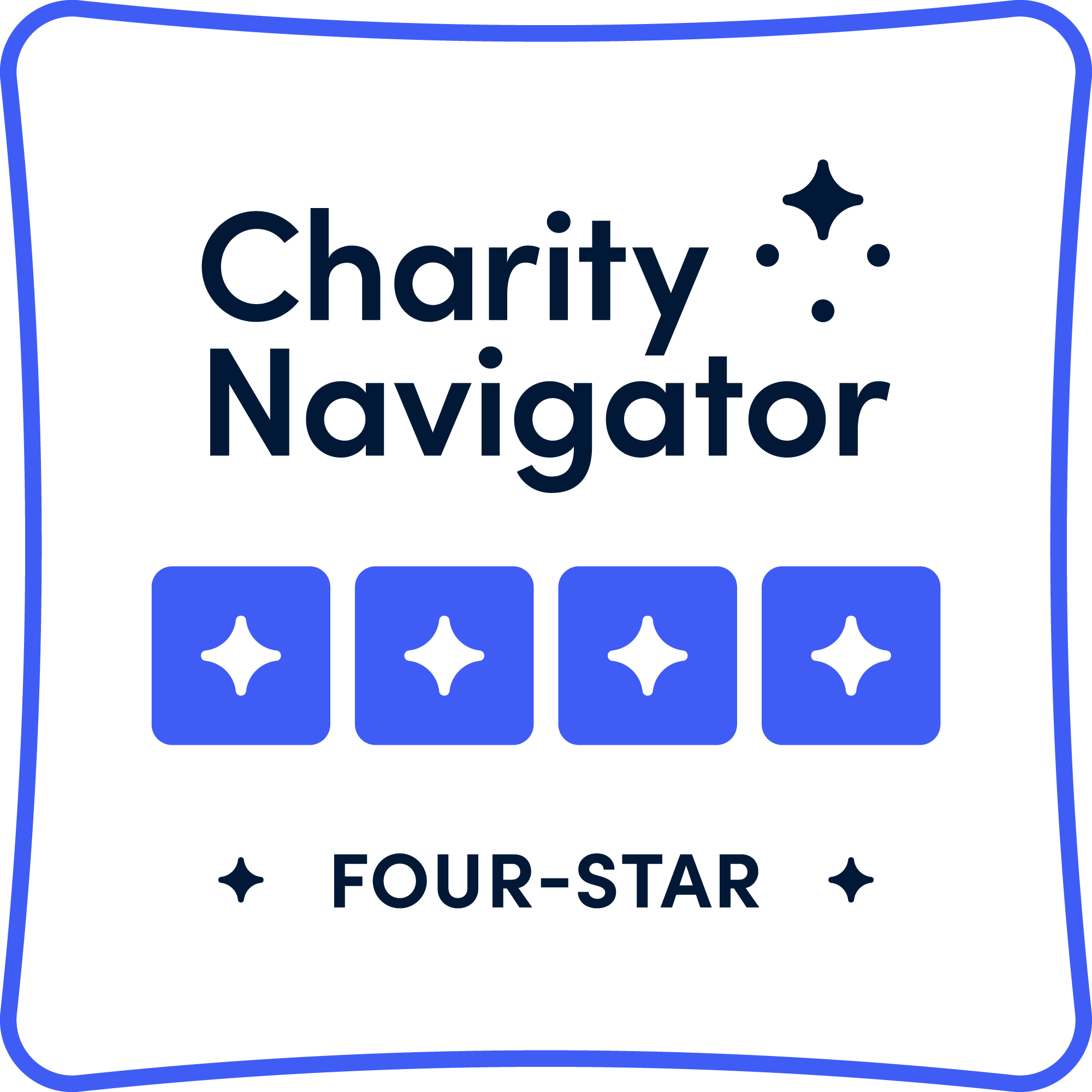Teen Finds Rare Lego Treasure Washed Ashore
April 30, 2024

Some people comb the beach looking for lost pirate treasure. Others scour the sands for their favorite shells. But on the shores of Land’s End, Cornwall, eager seekers hunt for a different prize: Legos.
Liutauras Cemolonskas, 13, has gathered more than 700 Lego bricks and figurines along the beach. On his family’s most recent trip, he found what some call the “Holy Grail” of the Cornish Lego haul. It's a black octopus, all eight tentacles intact.
“We’ve been looking for that octopus for two years, it’s not easy to find. We were not expecting to find it at all because it’s very rare,” Cemolonskas’ father told PA Media.
That the octopus, and five million other Legos, are there to find at all is the result of a shipping disaster in 1997. A rogue wave hit a cargo ship 20 miles off the coast. It washed 62 huge containers off the deck and into the ocean. One of those containers was chock-full of sea-themed Legos. It included 352,000 pairs of plastic flippers, 97,500 scuba tanks, 92,400 swords, and 33,941 dragons. Of octopuses, there were only 4,200. This tally makes them among the rarest of the tiny treasures to be found.
Tracey Williams founded the Lego Lost at Sea project when she discovered all that plastic on the shores near her home. To her, the tiny collectibles offer a way to broaden knowledge and awareness of plastic pollution worldwide.
"It's providing us with an insight into what happens to plastic in the ocean,” Williams told Live Science. “How far it drifts — both on the surface of the ocean but also along the seabed — and what happens to it as it breaks down."
Reflect: What are a few objects that you own that you consider to be “treasures”?
Photo of octopus Lego courtesy @LegoLostAtSea on X.





